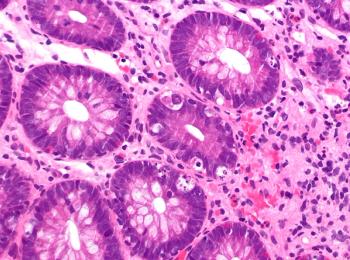
Using FDG-PET to Guide Hodgkin Lymphoma Treatment
This interview examines the role of functional imaging to direct therapy (escalation or de-escalation) for early and advanced Hodgkin lymphoma.
In this interview, Peter Johnson, MD, of the University of Southampton in the United Kingdom, discusses the results of trials testing the role of FDG–positron emission tomography (PET) to direct therapy (escalation or de-escalation) for patients with both early and advanced Hodgkin lymphoma.
Dr. Johnson spoke at an education session on how Hodgkin lymphoma is treated today and the challenges ahead at the 58th Annual Meeting of the American Society of Hematology, held December 3–6 in San Diego, California.
Newsletter
Stay up to date on recent advances in the multidisciplinary approach to cancer.

















































































